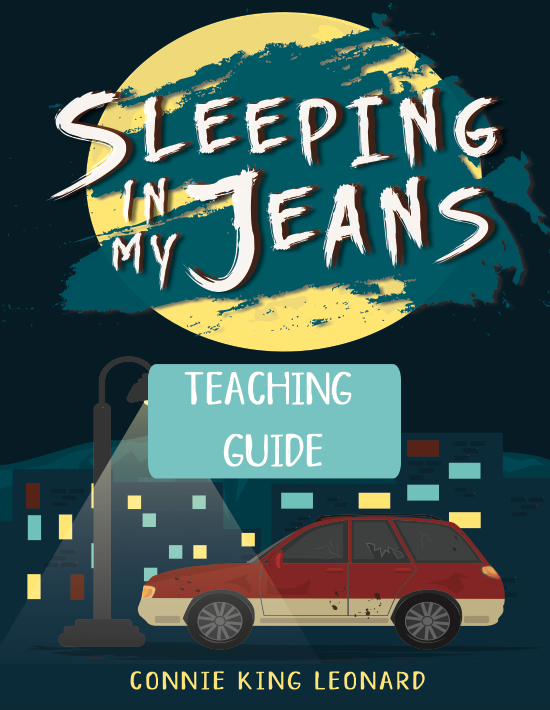Here at Ooligan Press, innovation has been the name of the marketing game in the past couple years. To market a book, you’ve got to market your brand.
This is where extending outreach to new or secondary audiences reimagines a stagnant brand strategy. We’ve taken the hassle away from literary analysis and created an online, self-guided curriculum for teachers, librarians, and independent learners alike.
Marketing to Educators
We all know Ooligan is staffed by Portland State graduate students. It would seem only natural that Ooligan serve educational or academic audiences outside of the typical target consumer. So, why teaching guides? And what titles will be included in this new outreach?
Extending our outreach to educators is really all about brand strategy. Every book has a specific target audience, but teaching guides act as promotional materials that appeal to a singular audience across multiple genres. This outreach attempts to solidify a stable target audience for our press. And a stable consumer means a potential increase in sales.
With creative writing exercises, reflection questions, and interactive activities, Ooligan’s new teaching guides will appeal to educators as well as the homeschooled learner or the not-so-enthusiastic reader. Not only do these guides reinforce Ooligan’s mission of regionality, community, inclusion, and social-emotional awareness, but they also strengthen pre-existing connections with educators and the Multnomah County Library.
In fact, as Ooligan Press’s 2021-22 Marketing Manager, I was shocked to learn that the press actually had dabbled with teaching guides in the past. With curriculum-based teaching guides of backlists like Ricochet River and Sleeping in My Jeans drowning somewhere in the deep, dark Ooligan archives, I took inspiration from the strategies of yesteryear and am seeking innovative ways to reimagine how these strategies may be more consistently and successfully implemented now and in the future.
In particular, we will be focusing this effort on YA titles. They may be fiction or nonfiction, but must teach valuable social-emotional lessons or spread awareness about key regional, historical, social, or political spheres. Think of it this way: if one of our YA titles can contribute to meaningful discussion in either a high school classroom or library setting, it is probably a worthy candidate for a teaching guide.
So, what does the process actually look like? Well, it’s taken some trial and error. First, the 2017 teaching guides from Ricochet River and Sleeping in My Jeans had to be redesigned. While the curriculum the 2017 Oolies had created is smart and interactive, the design was not much more than a PDF-converted Google Doc with some on-brand fonts. To ensure each guide seamlessly adhered to its respective title’s branding aesthetics, one volunteer crafts a beautifully designed guide. The sparkly new Ricochet River and Sleeping in My Jeans teaching guides are live on the Ooligan website’s Educator Portal, where access is just a simple click and download away for educators and independent learners.
The tricky bit? Creating the actual curriculum for new titles. Each teaching guide must have a particular set of interactive activities, discussions, and additional materials like comparative readings, teaching slideshows, and K-W-L curriculum worksheets.
Whew! Oolies are multi-talented, absolutely. But it’s not like all book publishers are versed in the art of curriculum building, so how the heck do we do it? With the assistance of fellow educators, our curriculum will be reviewed and given the green light. Once this happens and the curriculum has been created, a callout goes live for yet another designer to conceptualize and design the curriculum into a brand new teaching guide.
What’s Next?
Promotion, promotion, promotion.
With all this hard work, it’s crucial that we ensure these standards are incorporated into future production schedules. Project Managers now have access to a Teaching Guide Checklist to assess their title’s appropriateness for a teaching guide. In the Marketing Plan stage, project teams will begin planning for teaching guides in their Marketing and Publicity Highlights, and will begin production after blurb requests—before publication.
Oh, but that’s not all. We’ve got to spread the word. Social media promotion and community connections will be important here. So, get to work on those social media collateral callouts and continue to reach out to educators and libraries for some awesome deals on class sets. This year at Ooligan we’re all about innovation. If all is implemented successfully, teaching guides can set a precedent for a stable target audience within our little independent graduate press.

